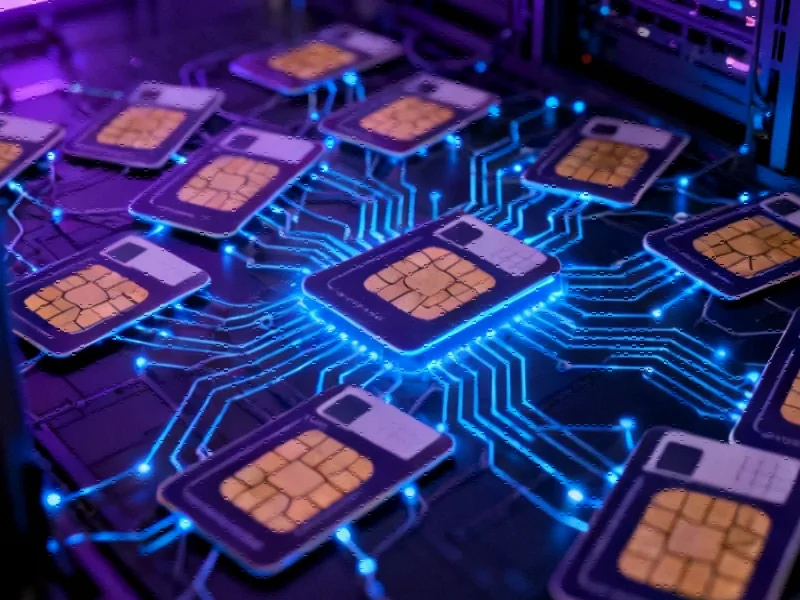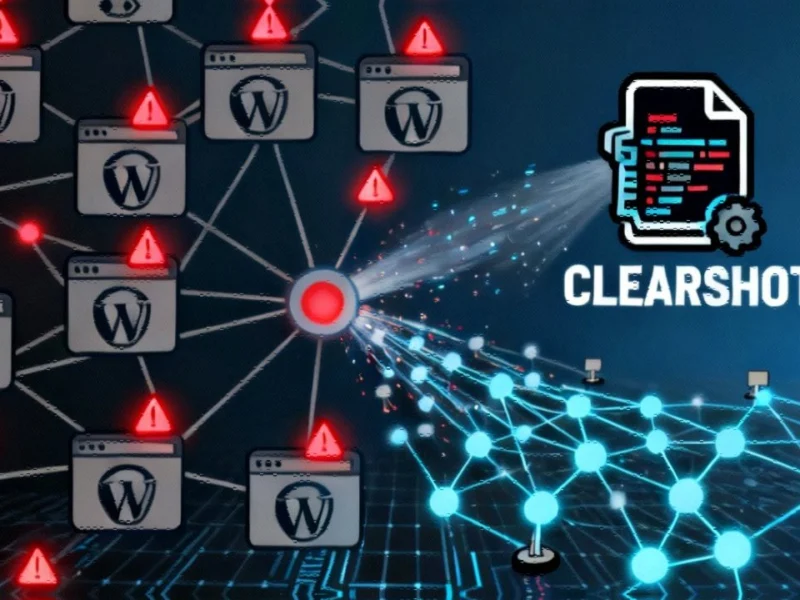Massive SIM Farm Operation Dismantled Across Europe
In a coordinated international effort, law enforcement agencies from Austria, Estonia, Finland, and Latvia, working closely with Europol, have successfully dismantled a sophisticated criminal network operating massive SIM farms that powered over 49 million fake accounts. The operation, codenamed Simcartel, has revealed the extensive scale of telecommunications fraud across Europe, with losses exceeding €4.5 million in Austria alone and hundreds of additional cases identified in participating countries.
Technical Sophistication of Criminal Infrastructure
The criminal network employed highly advanced SIM-box technology, hardware devices capable of holding thousands of SIM cards simultaneously. These devices routed international phone calls through local mobile networks, making them appear as local calls and bypassing legitimate carrier fees. This technical sophistication enabled perpetrators worldwide to conduct a wide range of telecommunications-related cybercrimes, as explained by Europol in their official statement regarding the operation’s success.
This case highlights how recent technology advancements can be exploited for criminal purposes, requiring constant vigilance from security professionals and law enforcement agencies.
Operation Simcartel: Key Takedown Details
Launched on October 10 in Latvia, Operation Simcartel involved 26 coordinated searches across multiple countries, resulting in the immediate arrest of five individuals. Law enforcement seized approximately 1,200 SIM-box devices, 40,000 SIM cards, five servers with additional infrastructure, and “hundreds of thousands” of additional SIM cards according to Europol’s updated assessment. The operation also resulted in the seizure of significant amounts in multiple currencies and four luxury vehicles, indicating the substantial profits generated by this criminal enterprise.
As international law enforcement dismantles massive SIM farm operations, the importance of cross-border cooperation in combating cybercrime becomes increasingly evident. This takedown represents one of the most significant operations against telecommunications fraud in recent years.
Scope of Criminal Activities and Impact
The criminal network provided phone numbers registered to individuals from more than 80 countries, enabling other criminals to establish fake accounts across social media and communication platforms. Europol has attributed the operation to:
- Over 1,700 fraud cases in Austria
- Approximately 1,500 fraud cases in Latvia
- Financial losses exceeding €4.5 million in Austria
- Losses around €420,000 in Latvia
The network facilitated what investigators describe as a “multitude of serious crimes” including fraud on online second-hand marketplaces, daughter-son scams, investment fraud, fake shops and bank websites, and fake police officer scams. These industry developments in cybercrime methodology demonstrate the evolving threat landscape that businesses and consumers face.
Broader Implications for Cybersecurity
This case underscores the critical importance of robust authentication systems and the vulnerabilities inherent in SMS-based verification methods. As criminals continue to exploit telecommunications infrastructure, organizations must consider implementing multi-factor authentication that doesn’t rely solely on SMS verification.
The takedown also highlights how related innovations in security monitoring and international cooperation are essential for combating sophisticated cybercriminal networks. The success of Operation Simcartel demonstrates the effectiveness of coordinated law enforcement action against technically advanced criminal operations.
Looking forward, the cybersecurity community will need to monitor how market trends in authentication technology evolve to address the vulnerabilities exposed by SIM farm operations. This case serves as a stark reminder that as technology advances, so do the methods employed by cybercriminals, requiring continuous adaptation from security professionals and law enforcement agencies worldwide.
This article aggregates information from publicly available sources. All trademarks and copyrights belong to their respective owners.
Note: Featured image is for illustrative purposes only and does not represent any specific product, service, or entity mentioned in this article.



